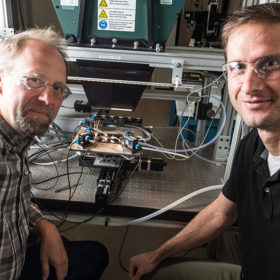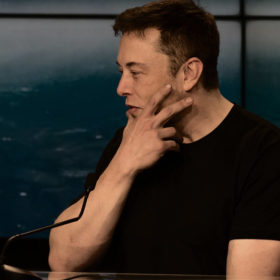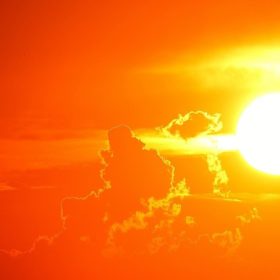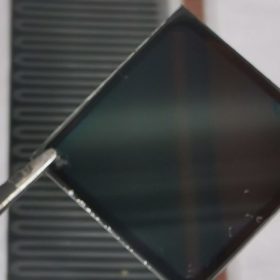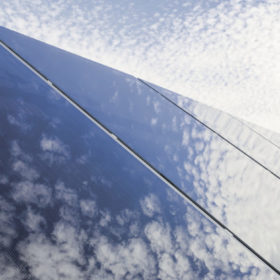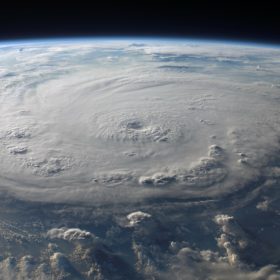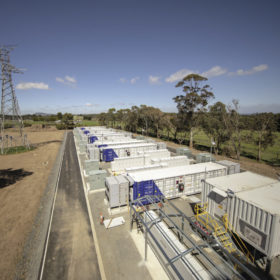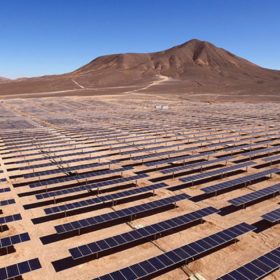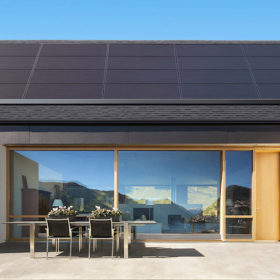Six-junction III–V solar cell with 47.1% efficiency
A U.S. research group has developed a new solar cell, based on six active photoactive layers, to capture light from a specific part of the solar spectrum. The scientists claim that they could potentially reach a 50% efficiency rate with the new cell.
Panasonic suspends work at Tesla’s Nevada fab as carmaker’s California and New York gigafactories pause
Tesla’s Nevada operation is still open for business, though. The EV and battery maker has assured the market its cash position is strong enough to weather an “extended period of uncertainty”.
Analyst expects recovery for PV and storage supply chains
U.S.-owned analyst Wood Mackenzie expects solar demand to decline but predicts the market will recover, with the prospects for the energy transition remaining intact.
Atlassian funded research reveals new Social Contract with business
New research commissioned by Atlassian suggests a burgeoning Social Contract whereby employees want business to take more of a leadership role on societal issues to make up for perceived government lack. The research feels the pulse of the Australian workforce but also raises some interesting questions.
International consortium claims 25% efficiency for flexible CIGS solar cell
Researchers led by Belgian institute imec claim to have achieved the result with a 1cm² flexible thin-film cell intended for building-integrated PV application. The result tops the 24.6% efficiency the consortium announced in September 2018. The cell’s developers are now aiming for 30%.
First Solar announces surprise fourth-quarter loss, considers sale of development business
‘First Solar, at its core, is a technology and module manufacturing company,’ said Mark Widmar, chief executive of the U.S. company.
How to make rooftop PV resilient in hurricane regions
A report published by the Rocky Mountain Institute makes recommendations for rooftop PV in regions affected by high winds. The study draws on the knowledge of structural engineers asked to analyze 25 solar systems across five Caribbean islands after they were hit by major hurricanes in 2017 and last year.
Coronavirus could cost Chinese battery makers 26 GWh of output
WoodMac analysts say the amount of new battery manufacturing capacity added in the nation this year could fall by as much as 10% because of the outbreak. With Tesla’s Shanghai gigafactory affected by the extended new-year-holiday shutdown, the analyst warned of potential supply shortages for Australia and the U.S. and U.K.
Canadian Solar to deliver 1.2 GW to Australian and U.S. projects – including bifacial
Canadian Solar and Lightsource BP have signed a multi-year 1.2 GW module supply agreement that will see both monofacial and bifacial modules installed in Lightsource BP’s Australian and U.S. solar projects.
A record-breaking quarter for Tesla energy storage and an improvement in solar
The internet’s favorite energy company installed 530 megawatt-hours of battery storage in Q4, beating out the previous record, set last quarter, as well as showing continued improvement in solar installations.
